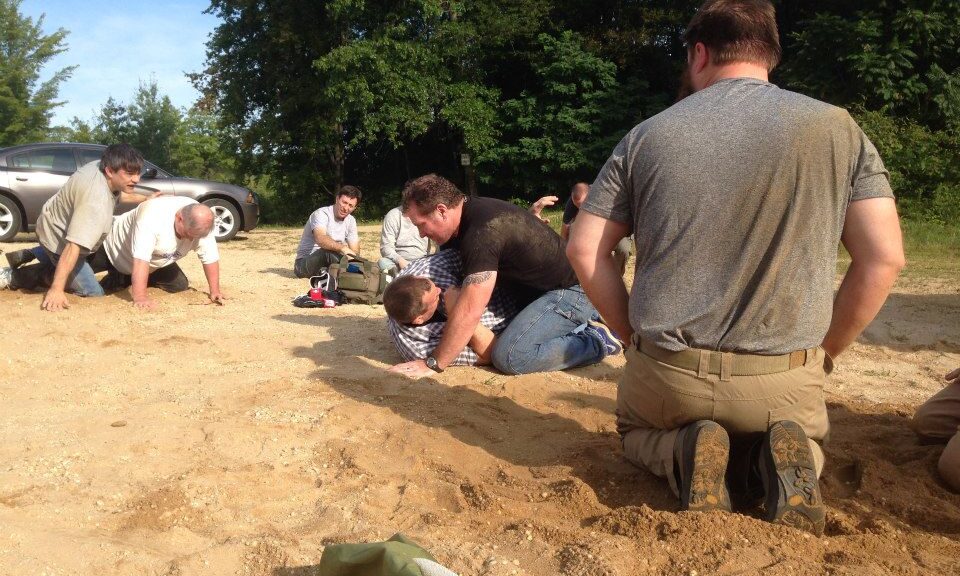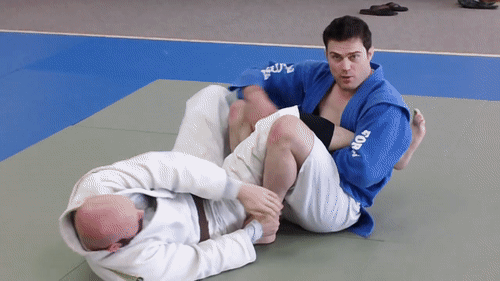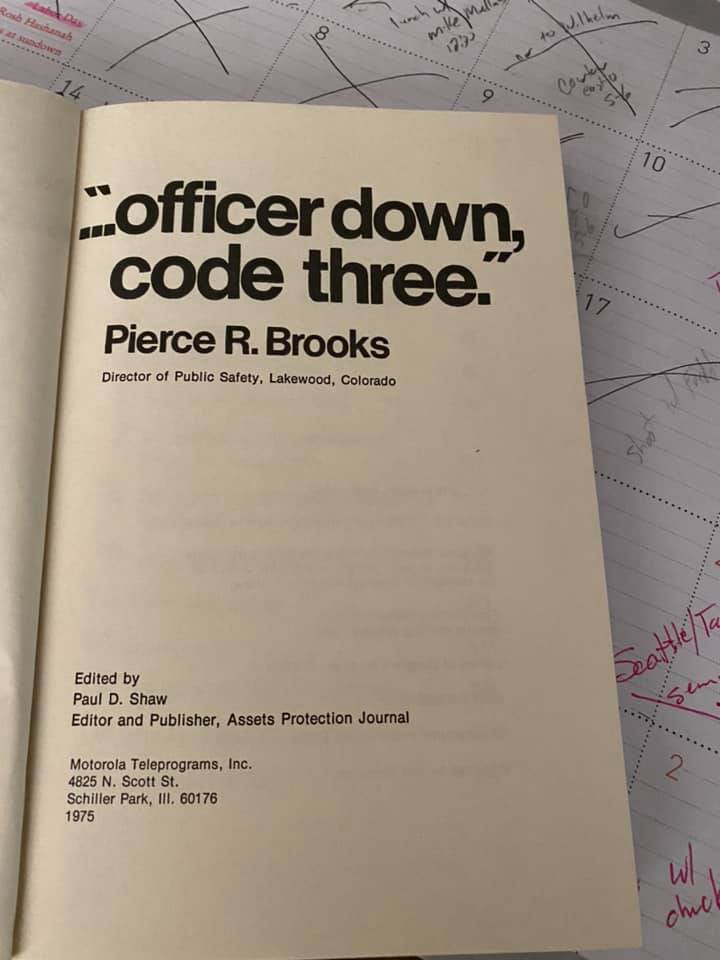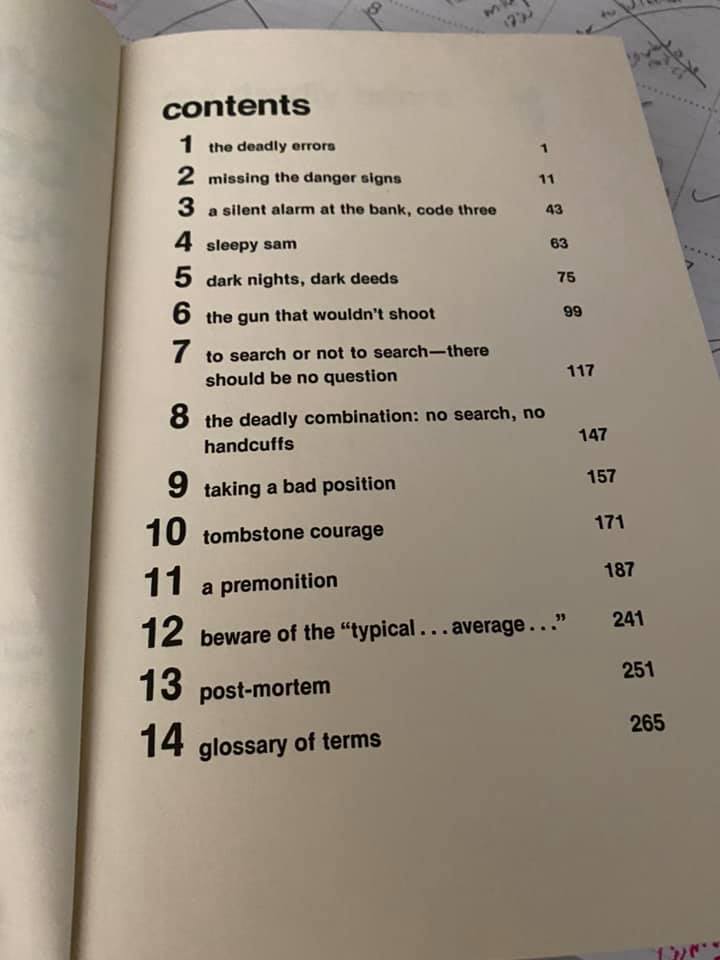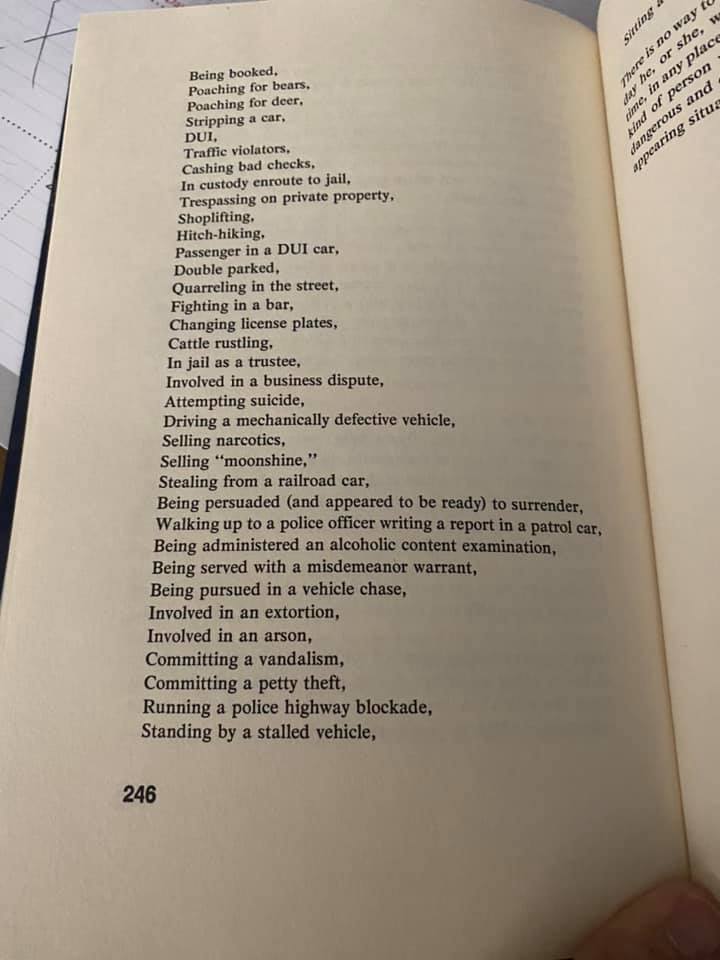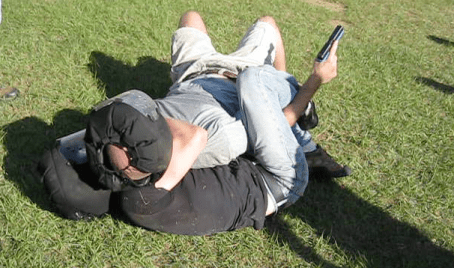https://www.eventbrite.com/e/npe-counter-robbery-tickets-235673123657
There are two kind of handguns that we can use for self-defense – Going to Trouble guns, and Getting Out of Trouble guns. While we would all prefer to carry full size duty guns with multiple spare magazines (Going to Trouble guns) as our EDC set up, the fact is that most of us cannot 100% of the time. Because of various restrictions – whether legal, social, or environmental, we often have to defend ourselves with gear that may not be the best when we are shooting fancy drills on the square range (i.e. Getting Out of Trouble guns). Instead of bemoaning that truth, we need to spend the time working on being able to run our actual carry to the best of our ability. That is what this course is all about.
In this class, we will look at how to effectively shoot and manage the smaller handguns that are typical of a non-permissive environment – i.e. snub revolvers and small autos like the G43 or LCP. We will learn to maximize our performance in shooting as well as accessing and drawing these guns. We will also integrate the shooting with understanding how to recognize and deal with impending violent criminal assault, and how to use OC spray and physical responses alongside our firearms. Most importantly, we will put these practices into actual use the exact same way we will have to use them in the real world; NOT the artificial constraints of a flat range.
Students should be ready to work hard, but everyone can go at the most appropriate pace they need. This is not a class for “operators”. This is a course for everyday folks who want to defend themselves and their loved ones from realistic threats, and your physical condition or experience level does not matter.
Students will need their carry gun, as many spare ammo carrier/loader set ups as they can manage, a quality holster (no SERPAs or FOBUS rigs allowed), 300 rounds of ammo, one blue gun and holster for the blue gun, notebook and pen, and an open mind. Also, this will be an opportunity to try different carry positions such as pocket or ankle. There will also be time and opportunity to try out other small guns that the student may not have the chance to run before.
Friday – Intro to pre-assault cues, pre-fight threat containment and MUC, OC use, and live fire safety briefing
Sat – 1st block: live fire, familiarity with drawstroke from various carry positions, tricks with small guns
2nd block: MUC and reactive or proactive physical response
3rd block: OC usage drilling and integration with verbals and movement, congruency with physical responses
4th block: live fire
Sunday – 1st block: live fire
2nd block: defending against the entanglement
3rd block: moving in crowds with a gun in hand (blue gun)
4th block: final drill/test


